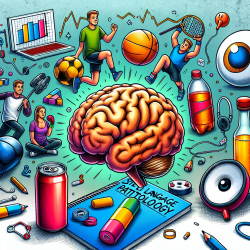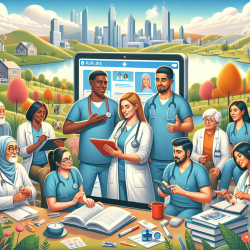Introduction
As practitioners committed to the well-being of children, it is crucial to stay informed about the factors that impact adolescent health. A recent study titled Energy Drinks, Alcohol, Sports and Traumatic Brain Injuries among Adolescents sheds light on the concerning relationship between energy drink consumption, alcohol use, and traumatic brain injuries (TBIs) in adolescents. Understanding these associations can significantly enhance our approach to prevention and intervention.
Key Findings from the Study
The study, conducted using data from the Centre for Addiction and Mental Health’s 2013 Ontario Student Drug Use and Health Survey, involved over 10,000 students from grades 7 to 12. It revealed that:
- 22.4% of students reported a history of TBI, with sports injuries being the primary cause.
- There is a significant association between TBI and the consumption of alcohol, energy drinks, and energy drinks mixed with alcohol.
- Adolescents who consumed these substances had higher odds of sustaining a recent TBI compared to those who abstained.
Implications for Practitioners
These findings highlight the importance of addressing lifestyle factors in the prevention and management of TBIs. As practitioners, we can take several steps to integrate this knowledge into our practice:
- Education: Educate adolescents, parents, and coaches about the risks associated with energy drink and alcohol consumption, especially in relation to sports activities.
- Prevention Programs: Develop and implement programs that promote safe sports practices and discourage the use of energy drinks and alcohol among young athletes.
- Screening and Intervention: Incorporate questions about energy drink and alcohol use into routine screenings for adolescents, particularly those involved in sports.
- Collaborative Efforts: Work with schools and community organizations to create comprehensive strategies that address the underlying causes of TBI and substance use.
Encouraging Further Research
While this study provides valuable insights, it also underscores the need for further research to explore the causal relationships and long-term effects of these behaviors on adolescent health. Practitioners are encouraged to contribute to this growing body of research by conducting studies in their own communities or collaborating with research institutions.
Conclusion
Understanding the link between energy drinks, alcohol, and TBIs is essential for improving outcomes for adolescents. By incorporating these findings into our practice, we can play a pivotal role in preventing TBIs and promoting healthier lifestyles among young people. For those interested in delving deeper into the research, I highly recommend reading the original paper.










